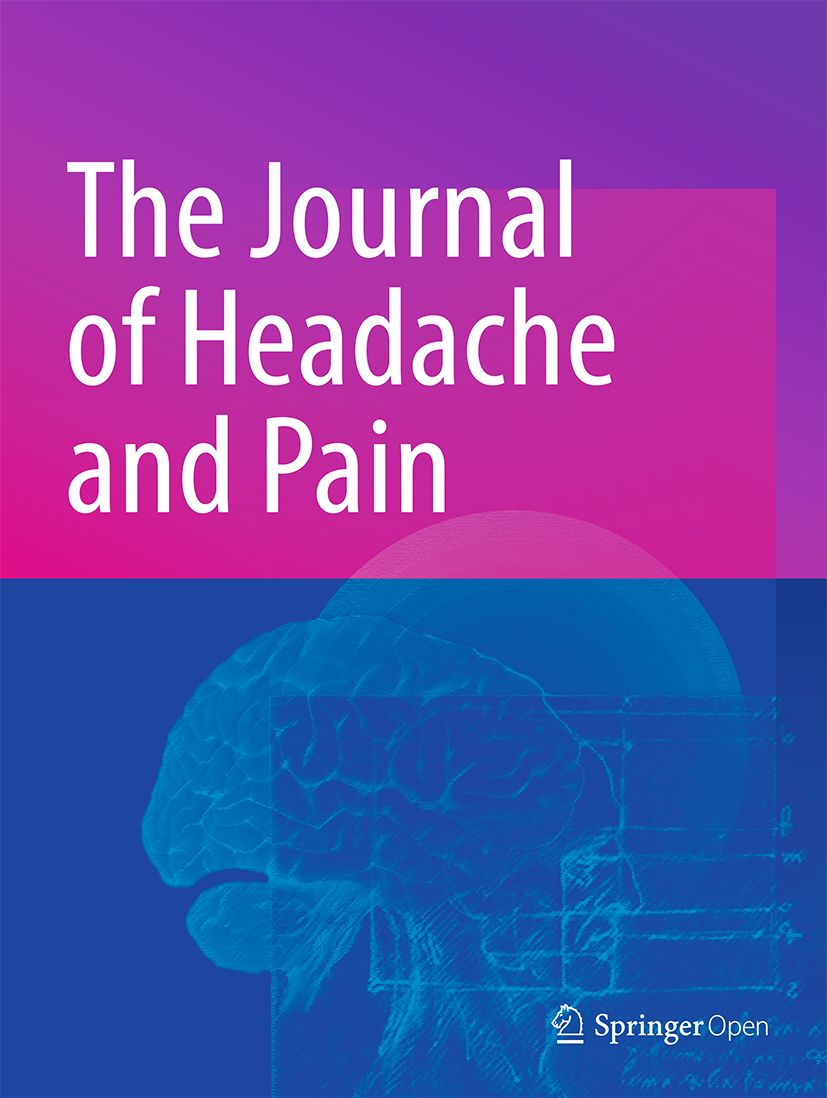
“The American Migraine Foundation estimates that over 39 million Americans and over 1 billion people worldwide suffer from some form of migraine. Treatment of migraine generally falls into two categories: treatment of attacks once they have begun, and prophylactic prevention, including lifestyle changes. The use of phytocannabinoids to reduce both the frequency and severity of migraine is widely documented in scientific, grey, and popular literature. This review provides descriptions of both preclinical and clinical studies involving the treatment of migraines with phytocannabinoids as well as the involvement of endocannabinoids and endocannabinoid-like compounds in migraine pathology, including the receptors and associated mechanisms. Currently unanswered questions and areas for further exploration are discussed.”
https://pubmed.ncbi.nlm.nih.gov/40630421/
“The clinical studies published to date strongly suggest that phytocannabinoids are useful for mitigating migraine pain and for migraine prophylaxis. Further, studies show the potential for endocannabinoid and endocannabinoid-like compounds in migraine treatment.”
https://onlinelibrary.wiley.com/doi/10.1155/prm/7181066
“Migraine, fibromyalgia, IBS and related conditions display common clinical, biochemical and pathophysiological patterns that suggest an underlying clinical endocannabinoid deficiency that may be suitably treated with cannabinoid medicines.”









